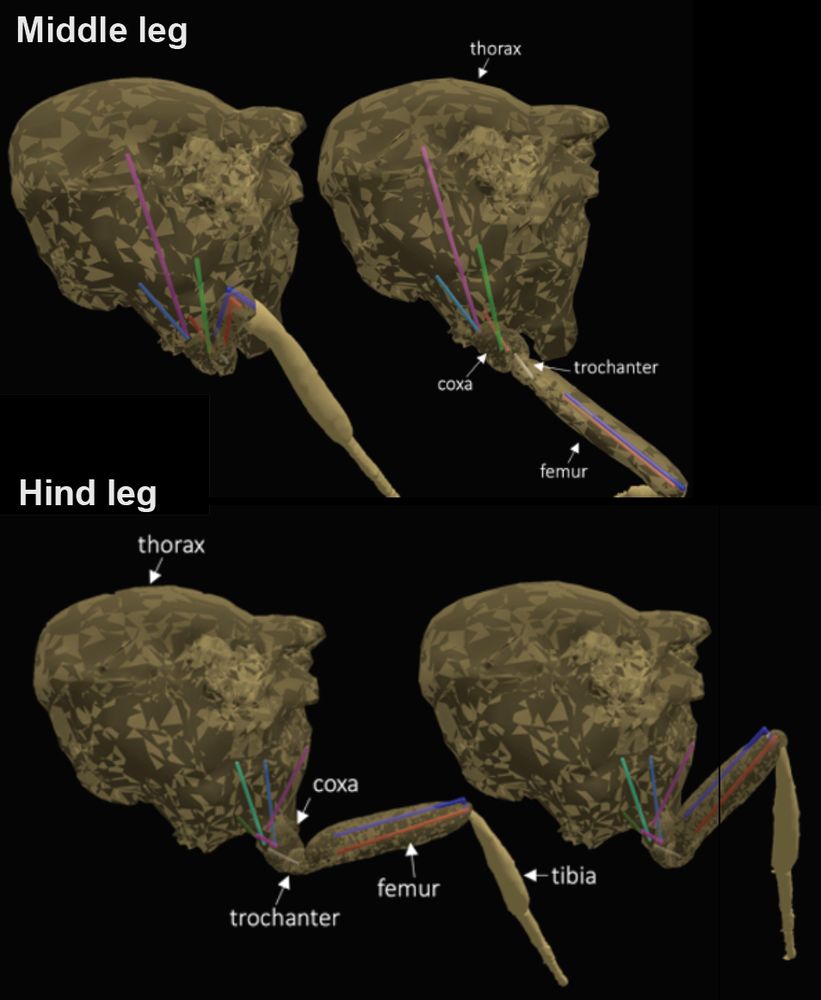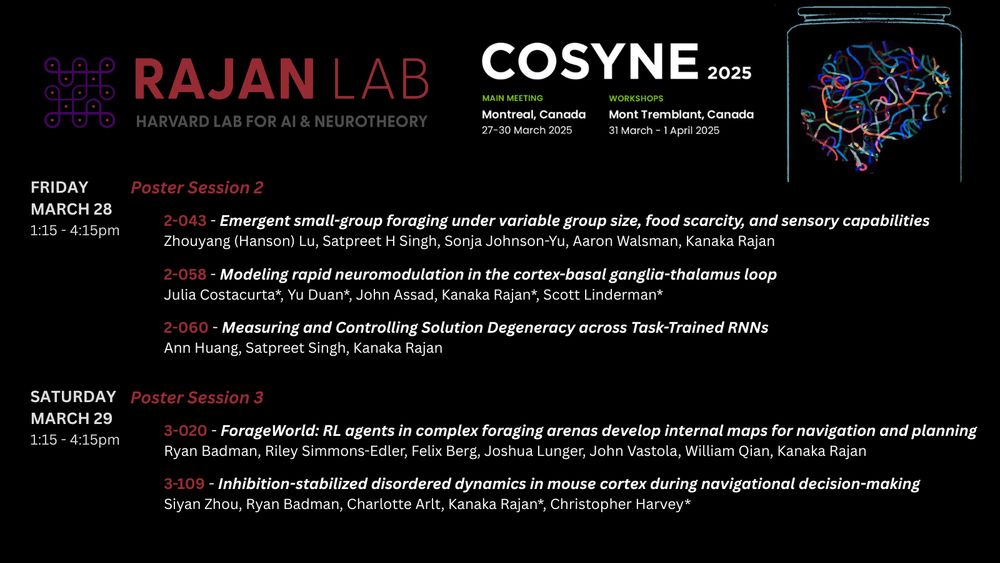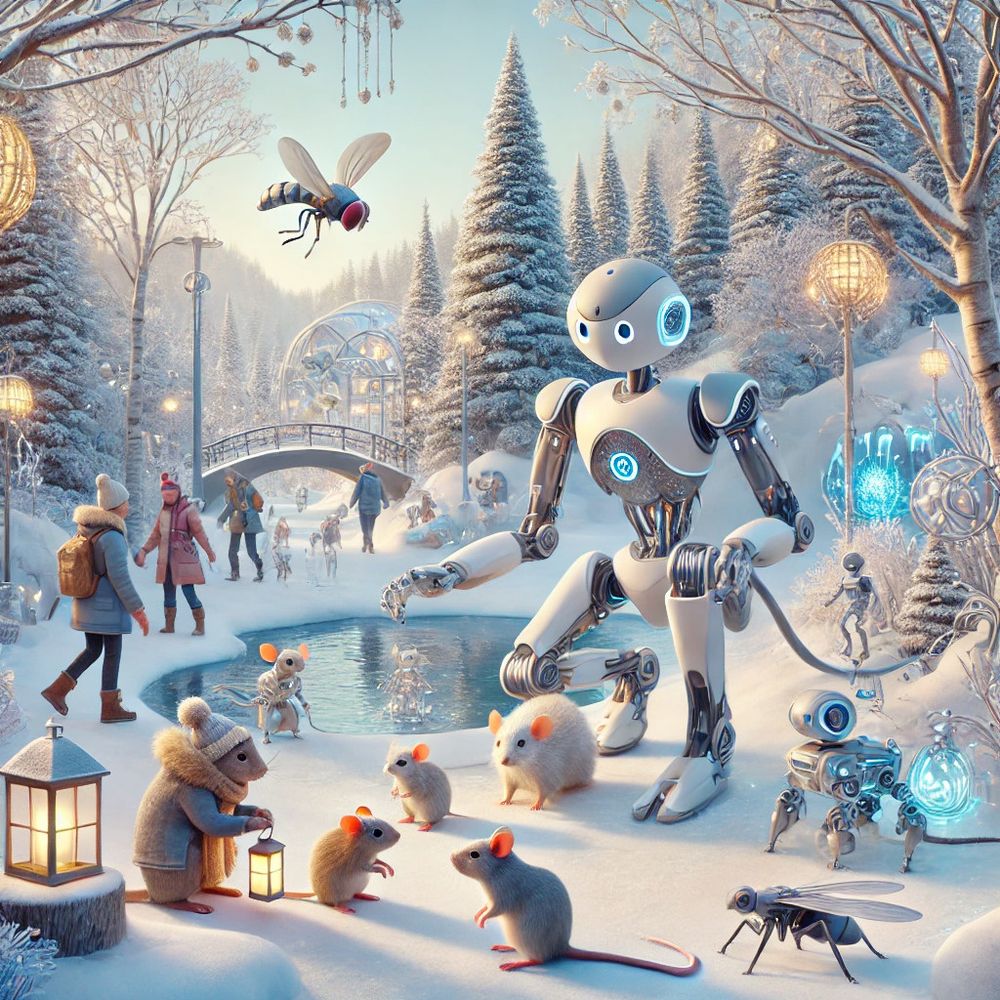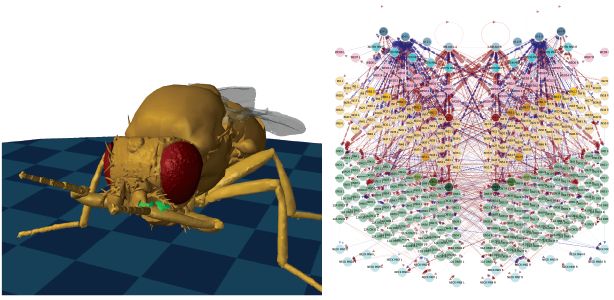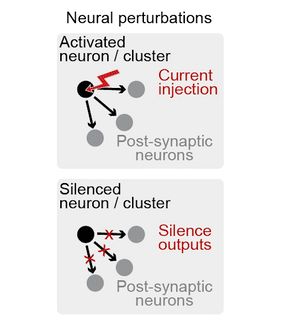Gizem Özdil
@gzmozd.bsky.social
280 followers
280 following
29 posts
🪰🧠🤖 currently interning @Google Deepmind | Incoming Kempner Fellow @Harvard Uni | PhD@EPFL | Previously @UniBogazici @FlatironCCN
Posts
Media
Videos
Starter Packs
Gizem Özdil
@gzmozd.bsky.social
· Jul 19
Gizem Özdil
@gzmozd.bsky.social
· Jul 16
Gizem Özdil
@gzmozd.bsky.social
· Jul 16
Reposted by Gizem Özdil
Reposted by Gizem Özdil
Reposted by Gizem Özdil
Gizem Özdil
@gzmozd.bsky.social
· Mar 27
Gizem Özdil
@gzmozd.bsky.social
· Feb 18
Gizem Özdil
@gzmozd.bsky.social
· Dec 24
Gizem Özdil
@gzmozd.bsky.social
· Dec 19
Reposted by Gizem Özdil
Gizem Özdil
@gzmozd.bsky.social
· Dec 18
Gizem Özdil
@gzmozd.bsky.social
· Dec 18
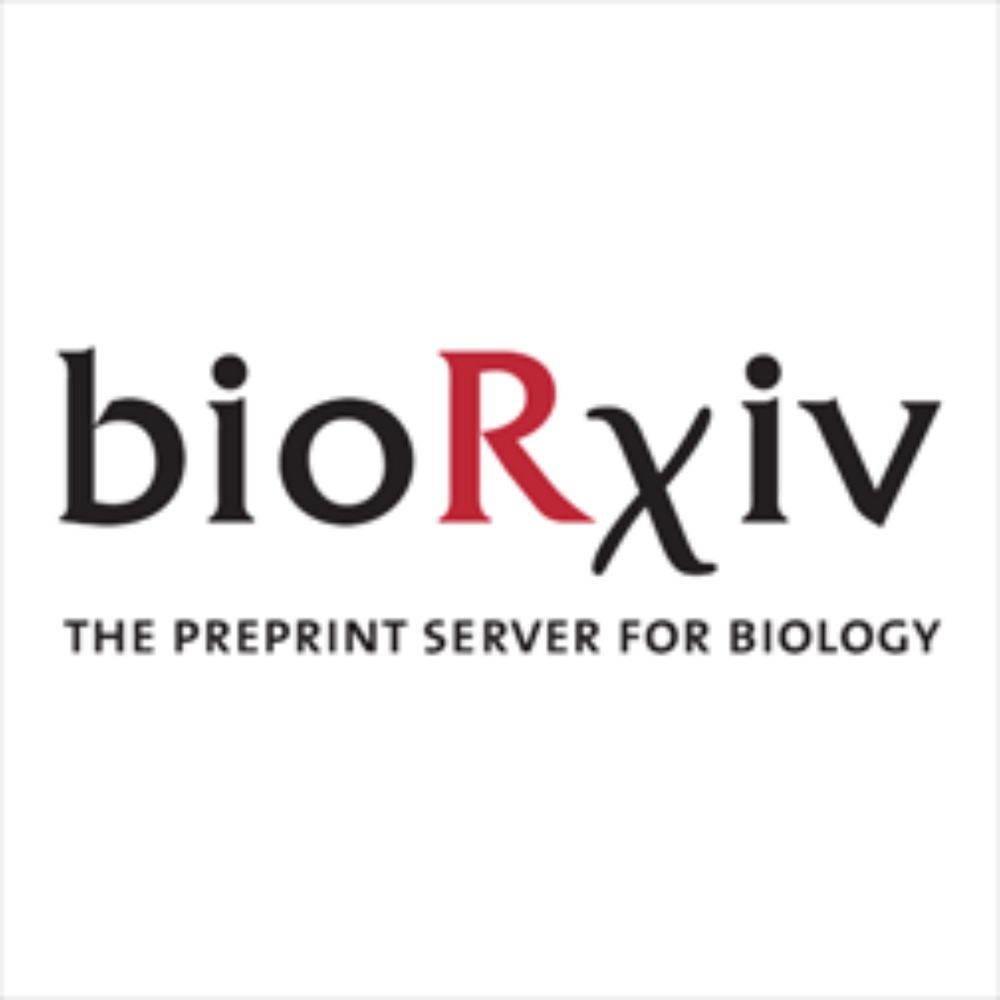
Centralized brain networks underlie body part coordination during grooming
Animals must coordinate multiple body parts to perform important tasks such as grooming, or locomotion. How this movement synchronization is achieved by the nervous system remains largely unknown. Her...
www.biorxiv.org
Gizem Özdil
@gzmozd.bsky.social
· Dec 18

